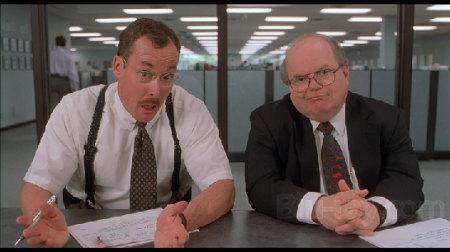
I recently read an article where the topic really hit a nerve. The article, The Worst Word in Business: “Busy”, discusses people’s obsession with appearing “busy” at work and the perception that in order to be effective one must always be “busy”. Throughout my career I have always place more value on working smarter, not harder. I place a higher value on customer service and in my opinion, the way to provide my clients with a high level of service is to be flexible and respond to the client proactively rather than reactively. In order to be proactive, one must have control of their time, schedule, and to a certain extent, their tasks at work.
I have managed teams ranging in size from 2 to 45+ individuals, so I can say that I have pretty much seen/heard it all when it comes to the way team members interact with each other and perform their jobs. Each team member joins a team with different expectations. The most effective team members are proactive and seek to understand where they are needed and what tasks they can take that provide the most benefit. These team members seek to control their schedules. Other team members are reactive and wait for the boss to assign them tasks. Once assigned, the team members do their jobs, seek to fill their schedules, and come back looking for additional work when complete. The effective team members seek to create or expand upon their tasks to add benefit to their clients.
When I approach effective team members with new work, I have never once received a response that they are too busy to take on additional tasks. Effective team members seek to discuss and strategize how to fit the work into their schedules and what can be moved around or prioritized to ensure that the important work gets done first. They realize that not everything is a priority and can distinguish between what needs to be done now versus what can wait. This is a talent that I wish everyone I work with would have, but sadly, a lot of people still cling to the idea that in order to be effective at work, one must be “busy” and make sure everyone knows that they are “busy”.




 Posted by Todd
Posted by Todd 
